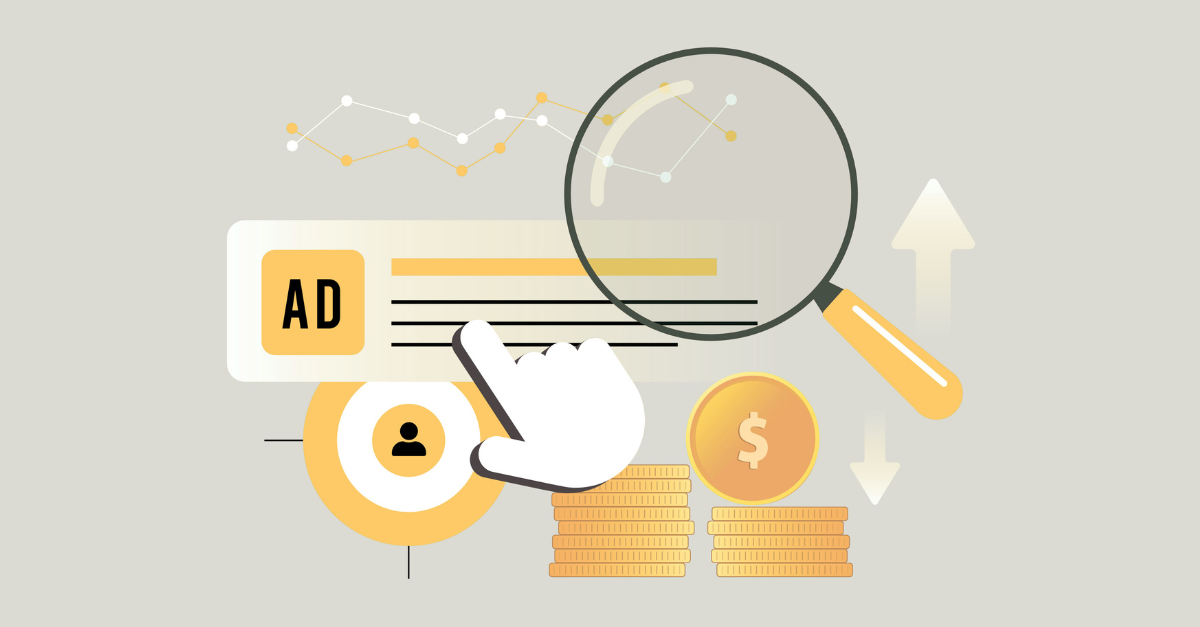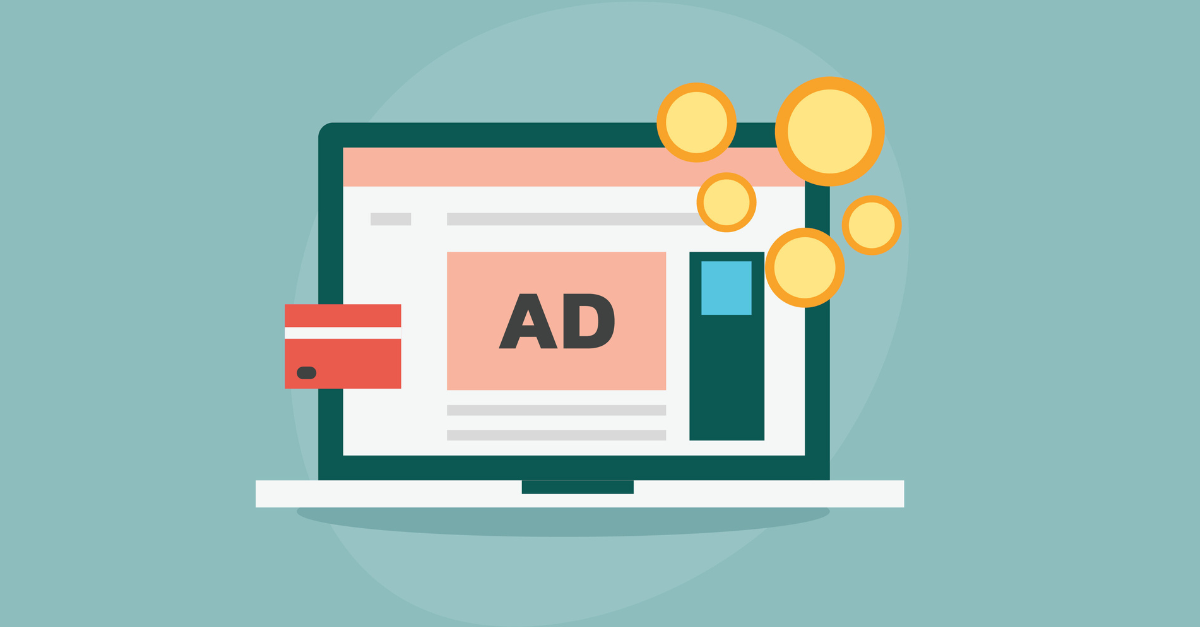Attracting the right kind of leads—you know, the ones that actually want to buy something from you—is one of the B2B marketer’s biggest challenges. You can pay for clicks or you can pay for impressions, and while both options have value, neither option guarantees you a high volume of truly interested, sales-ready leads.
Fortunately, getting those kinds of leads is exactly what pay per lead, or PPL, is designed for.
But first…
What Is Pay Per Lead Advertising?
Unlike pay per click (PPC) or pay per impression models, pay per lead advertising is a form of cost-per-acquisition advertising. Basically, instead of paying for impressions or paying for clicks to a web or landing page, you’re paying for the delivery of an actual person who has expressed tangible interest in your product or service.
In other words, you’re paying for the acquisition of a qualified lead through a form submission, sale, subscription or other conversion (determined by you).
How Does Pay Per Lead Work?
The structure of a pay per lead campaign isn’t that different from the structure of a pay per click campaign—the difference is that you, the client, are working with a referral partner (the advertiser of the campaign). The referral partner then gets paid for generating a predetermined number of leads each month for you.
In addition to getting a set number of leads (typically based on volume or budget), you get to determine what “qualified” means. That means you’ll need to know before launching your campaign what your ideal leads should look like. To do this, go back into your CRM or sales figures and identify any trends your most successful clients have in common.
You may want to know, for example:
- Minimum annual revenue (of your successful clients)
- Total number of employees or locations
- Industries you’re successful in
- Number of users (which may be important if you’re in a SaaS-model business)
- How much you’re willing to pay for a lead (which means you’ll need to know what percentage of your leads turn into opportunities, and what percentage of your opportunities turn into new clients).
When Should I Think About Pay Per Lead?
If you’re struggling to generate sales-ready leads with the paid search campaigns you’re running, pay per lead advertising is worth a try. Pay per lead is ideal for tough to target industries (yes, that does mean most B2B markets). Some verticals that are particularly prime for pay per lead advertising include:
- CRM, IT or SaaS companies
- Marketing Agencies
- Professional Services and Consulting
- Business Banking, Credit Union, and Financial Services
- Industrial and Manufacturing
- Wholesale
- Legal Services
- Insurance
- Real Estate
- Publishing
- Education
- Medical and Health Services
Those are just a few – pay per lead can work for B2B or B2C marketers, provided you know what sorts of leads you want to receive.
Hm. Sounds Expensive?
Typically, pay per lead advertising works on a set fee, which actually makes your acquisition costs more predictable. Plus, you’re only paying for what you want to receive, which means you won’t have to pay for junk clicks that don’t convert into actual leads.
In short, you’re only paying for qualified leads delivered to you based on the criteria you’ve predetermined.



